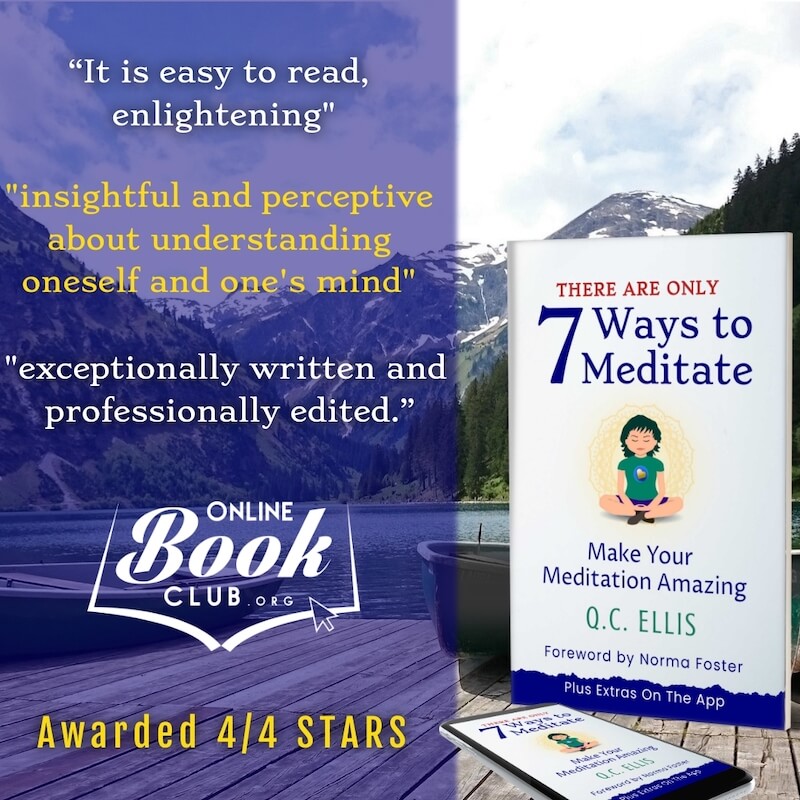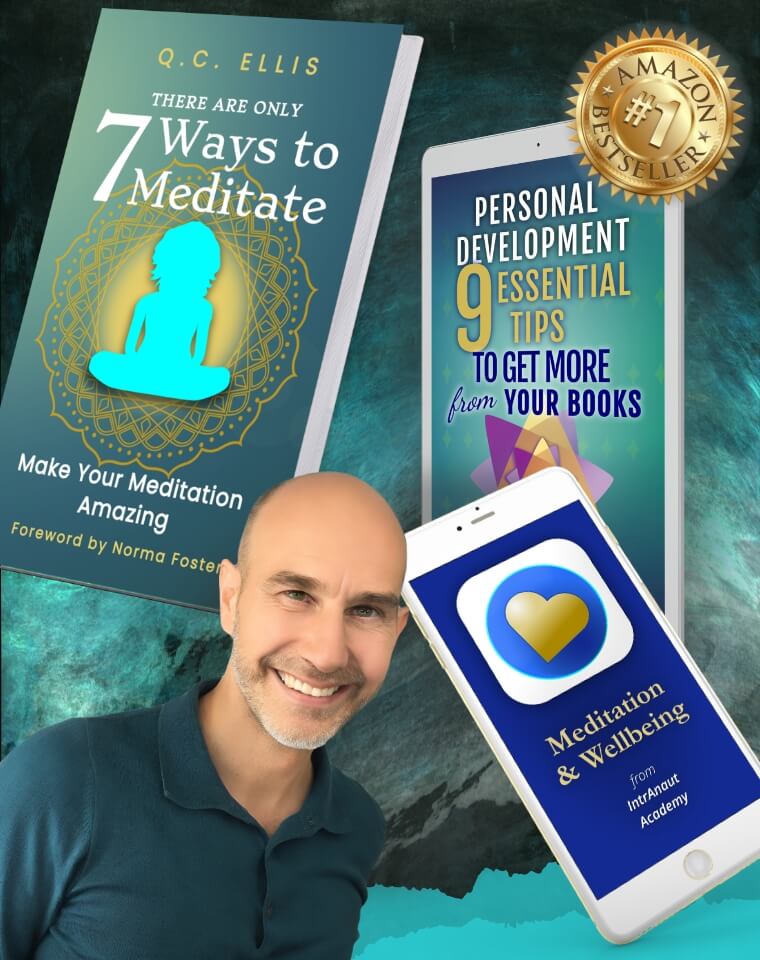Just because something is meditative, doesn’t make it a meditation.
If it is meditative, then one or more of meditation’s mind-technologies are being used, but you are also doing something else.
Meditation is an activity exclusively of the mind. Doing anything else, including controlling the breath, moving your body, or looking around, means you are not meditating.
The definition of meditation is:
“A purposeful activity of the mind, with seven principles and making use of the two core, or more, of the seven technologies.”
The outlandish claim is, you will not find meditation outside these seven mind-technologies (which are explored within the book).
Here is a list of things that are often mistaken for meditation:
- Walking meditation
- 90%+ of mindfulness practices
- Yoga postures and stretches
- Tai Chi
- Dance
- Breathwork
- Breathing techniques
- Stress relief techniques
- Being in nature (walking or skipping)
- Being “in the flow”
- Chanting mantras (verbally)
- Reciting or singing prayers out loud
- Falling into a trance
The above list are Informal Practices. Informal Practices can be wonderful and I encourage meditators to explore them. But to conflate them with meditation is to confuse people who want to explore the amazing benefits of real meditation.
An Excerpt from the Book
There are lots of things that are meditative. They put you into a similar mental state as meditation at the shallow end. That means they go toward meditation, but they’re not an actual meditation.
It can prepare you for meditation, because it gets you calm, focused, being mindful, and allows you to rest. Once you’ve done your meditative warm-up, you’re in a really excellent state to meditate.
Formal Meditation Practice
Sitting, lying, or standing still and completely focused (as best you can) on your meditation practice is called formal meditation.
Of course, when you are in formal meditation, your mind may drift off. You may get completely distracted. But your intention is to stay present with your meditation.
By the way, there’s no limit to how long or short your meditation must be to label it formal.
Informal Practice
We limit meditation to an activity of the mind. Otherwise, it should be called something else.When you are doing other things, you can partially use the mind-technologies. This is called informal practice, but it is not strictly meditation. The word informal (in this context) means it is not a real meditation practice.
~ There Are Only 7 Ways to Meditate, by Q.C. Ellis
SHARE, Comment, or Follow on Bublish


About the Author
Colin (Q.C. Ellis) has been on meditation retreats in silence and solitude for longer than some monks. He has been studying meditation for over 23 years.
Known as a meditation maverick, he teaches methods to awaken your body’s natural restorative abilities and fire up your inbuilt happiness.
Keeping it real and grounded in personal experience, he is a Transformation Coach, Meditation Teacher, and founder of IntrAnaut™ Academy.
In person, Colin is approachable and would love to hear from you. For ways to connect, click HERE – ColinEllis.info
For additional resources, download his FREE mobile app – intrAnaut Meditation
More information on his book, There Are Only 7 Ways to Meditate: Make Your Meditation Amazing
